
Computability, Complexity, and Languages, Second Edition:Fundamentals of Theoretical Computer Science (Computer Science and Scientific Computing)
¥ 642.1 全新
仅1件
作者Martin Davis;Ron Sigal;Elaine J. Weyuker
出版社Morgan Kaufmann
出版时间1994-02
装帧精装
上书时间2023-11-13
- 店主推荐
- 最新上架
商品详情
- 品相描述:全新
图书标准信息
- 作者 Martin Davis;Ron Sigal;Elaine J. Weyuker
- 出版社 Morgan Kaufmann
- 出版时间 1994-02
- ISBN 9780122063824
- 装帧 精装
- 开本 其他
- 页数 609页
- 【内容简介】
-
Preface
Acknowledgments
Dependency Graph
1 Preliminaries
1. Sets and n-tuples
2. Functions
3. Alphabets and Strings
4. Predicates
5. Quantifiers
6. Proof by Contradiction
7. Mathematical Induction
Part 1 Cmnputability
2 Programs and Computable Functions
1. A Programming Language
2. Some Examples of Programs
3. Syntax
- 4. Computable Functions
5. More about Macros
3 Primitive Recursive Functions
1. Composition
2. Recursion
3. PRC Classes
4. Some Primitive Recursive Functions
5. Primitive Recursive Predicates
6. Iterated Operations and Bounded Quantifiers
7. Minimalization
8. Pairing Functions and Gijdel Numbers
4 A Universal Program
1. Coding Programs by Numbers
- -- 2. The Halting Problem
3. Universality
4. Recursively Enumerable Sets
5. The Parameter Theorem
6. Diagonalization and Reducibility
-_’ 7. Rice’ s Theorem
*8. The Recursion Theorem
*9. A Computable Function That Is Not Primitive Recursive
5 Calculations on Strings
1. Numerical Representation of Strings
2. A Programming Language for String Computations
3. The Languages Y and Yn
4. Post-Turing Programs
5. Simulation of-F”, in 9
6. Simulation of Yin Y
6 Turing Machines
1. Internal States
2. A Universal Turing Machine
3. The Languages Accepted by Turing Machines
4. The Halting Problem for Turing Machines
5. Nondeterministic Turing Machines
6. Variations on the Turing Machine Theme
7 Processes and Grammars
1. Semi-Thue Processes
2. Simulation of Nondeterministic Turing Machines by
Semi-Thue Processes
3.
4.
5.
6.
*7.
Unsolvable Word Problems
Post’ s Correspondence Problem
Grammars
Some Unsolvable Problems Concerning Grammars
Normal Processes
8 Classifying Unsolvable Problems
1. Using Oracles
2. Relativization of Universality
3. Reducibility
4. Sets r.e. Relative to an Oracle
5. The Arithmetic Hierarchy
6. Post’ s Theorem
7. Classifying Some Unsolvable Problems
8. Rice’ s Theorem Revisited
9. Recursive Permutations
Part 2 Grammars and Automata
9 Regular Languages
1. Finite Automata
2. Nondeterministic Finite Automata
3. Additional Examples
4. Closure Properties
5. Kleene’ s Theorem
6. The Pumping Lemma and Its Applications
7. The Myhill-Nerode Theorem
10 Context-Free Languages
1. Context-Free Grammars and Their Derivation Trees
2. Regular Grammars
3. Chomsky Normal Form
4. Bar-Hillel’ s Pumping Lemma
5. Closure Properties
*6. Solvable and Unsolvable Problems
7. Bracket Languages
8. Pushdown Automata
9. Compilers and Formal Languages
11 Context-Sensitive Languages
1. The Chomsky Hierarchy
2. Linear Bounded Automata
3. Closure Properties
Part 3 Logic
12 Propositional Calculus
1. Formulas and Assignments
2. Tautological Inference
3. Normal Forms
4. The Davis-Putnam Rules
5. Minimal Unsatisfiability and Subsumption
6. Resolution
7. The Compactness Theorem
13 Quantification Theory
1. The Language of Predicate Logic
2. Semantics
3. Logical Consequence
4. Herbrand’ s Theorem
5. Unification
6. Compactness and Countability
*7. Godel’ s Incompleteness Theorem
*8. Unsolvability of the Satisfiability Problem in Predicate Logic
Part 4 Complexity
14 Abstract Complexity
1. The Blum Axioms
2. The Gap Theorem
3. Preliminary Form of the Speedup Theorem
4. The Speedup Theorem Concluded
15 Polynomial-Time Computability
1. Rates of Growth
2. P versus NP
3. Cook’ s Theorem
4. Other NP-Complete Problems
Part 5 Semantics
16 Approximation Orderings
1. Programming Language Semantics
2. Partial Orders
3. Complete Partial Orders
4. Continuous Functions
5. Fixed Points
17 Denotational Semantics of Recursion Equations
1. Syntax
2. Semantics of Terms
3. Solutions to W-Programs
4. Denotational Semantics of W-Programs
5. Simple Data Structure Systems
6. Infinitary Data Structure Systems
18 Operational Semantics of Recursion Equations
1. Operational Semantics for Simple Data Structure Systems
2. Computable Functions
3. Operational Semantics for Infinitary Data Structure Systems
相关推荐
-

computability
九品北京
¥ 450.00
-

COMPUTABILITY
八五品北京
¥ 80.00
-
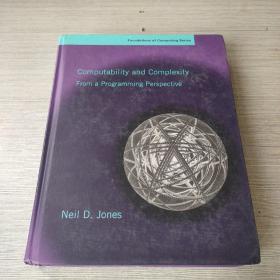
Computability and Complexity
九品石家庄
¥ 850.00
-

Introduction to Computability
九品武汉
¥ 80.00
-

Automata and Computability
全新北京
¥ 345.60
-

Automata and Computability
九五品牡丹江
¥ 349.00
-

COMPUTABILITY AND UNSOLVABILITY
八五品南京
¥ 266.00
-

COMPUTABILITY 院士藏书 1608
八五品北京
¥ 88.00
-

INTRODUCTION TO COMPUTABILITY7475
八五品北京
¥ 88.00
-

Computability and Unsolvability TN663273
九品沈阳
¥ 300.00
— 没有更多了 —







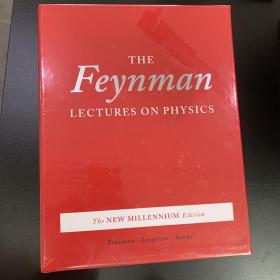
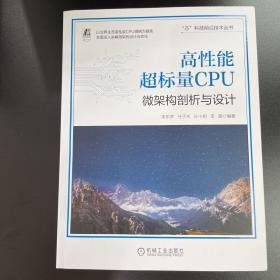

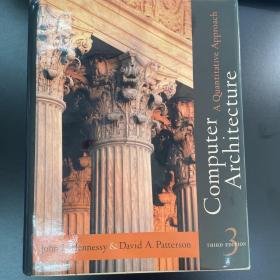
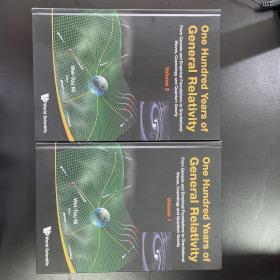

![红楼梦:[英文版].一二三册](https://www0.kfzimg.com/sw/kfz-cos/kfzimg/effffddd/84698be4d75347f5_s.jpg)
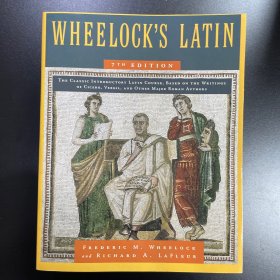
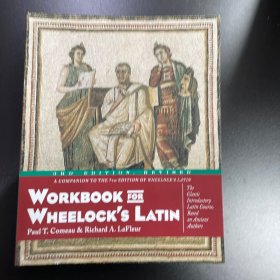










以下为对购买帮助不大的评价